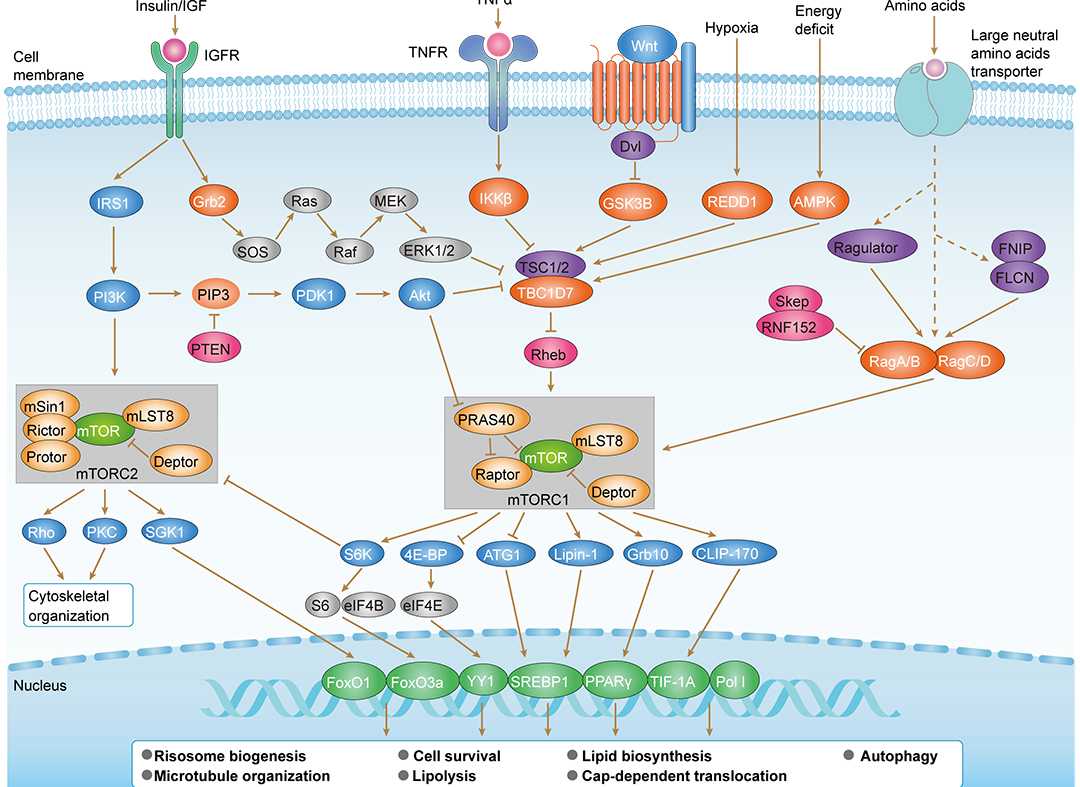 Loading...
Loading...

RICTOR
 Loading...
Loading...Anti-RICTOR Products
- Recombinant Mouse Anti-Human RICTOR Antibody (MOB-1650MZ)
-
- Species Reactivity: Human
- Type: Mouse antibody
- Application: ICC, IF, IHC-P, WB
-
- Species Reactivity: Human, Mouse, Monkey
- Type: Mouse IgG
- Application: WB, ELISA
-
- Derivation: Mouse
- Species Reactivity: Human, Monkey, Mouse
- Type: Mouse IgG1
- Application: WB, IHC, ICC, FC, ELISA
-
- Derivation: Mouse
- Species Reactivity: Human, Mouse, Monkey
- Type: Mouse IgG1
- Application: WB, ELISA
- Mouse Anti-RICTOR Recombinant Antibody (clone 7B3) (VS3-XY1372)
-
- Species Reactivity: Human
- Type: Mouse IgG1
- Application: ELISA, WB, FC, IHC, ICC
- Rabbit Anti-NHP RICTOR Recombinant Antibody (VS-1024-XY448) (VS-1024-XY448)
-
- Species Reactivity: Human, Mouse, Non-human primate, Rat
- Type: Rabbit IgG
- Application: WB
-
- Species Reactivity: Human, Mouse
- Type: Rabbit IgG
- Application: WB, IHC-P, ICC, IF, FC
- Mouse Anti-RICTOR Monoclonal Antibody (VS7-0425-WR781) (VS7-0425-WR781)
-
- Species Reactivity: Human, Mouse, Monkey
- Type: Mouse IgG
- Application: WB, IHC-P, IF, ICC, FC, ELISA
- Anti-RICTOR Immunohistochemistry Kit (VS-0325-XY1921)
-
- Species Reactivity: Human, Mouse, Rat
- Target: RICTOR
- Application: IHC
- Anti-Rat RICTOR Immunohistochemistry Kit (VS-0525-XY6125)
-
- Species Reactivity: Human, Rat
- Target: RICTOR
- Application: IHC
- Anti-Human RICTOR Immunohistochemistry Kit (VS-0525-XY6124)
-
- Species Reactivity: Human
- Target: RICTOR
- Application: IHC
Can't find the products you're looking for? Try to filter in the left sidebar.Filter By Tag
Our customer service representatives are available 24 hours a day, from Monday to Sunday. Contact Us
For Research Use Only. Not For Clinical Use.
Background
Intracellular
Cell type enhanced (Oligodendrocytes, Oligodendrocyte precursor cells)
Immune cell enhanced (neutrophil)
Low cell line specificity
Part of the mammalian target of rapamycin complex 2 (mTORC2) which contains MTOR, MLST8, PRR5, RICTOR, MAPKAP1 and DEPTOR (PubMed:15268862, PubMed:15467718, PubMed:17461779, PubMed:17599906). Contrary to mTORC1, mTORC2 does not bind to and is not sensitive to FKBP12-rapamycin. Binds directly to MTOR and PRR5 within the TORC2 complex; interaction with MTOR is enhanced by deubiquitination of RICTOR by USP9X (PubMed:15268862, PubMed:17461779, PubMed:17599906, PubMed:33378666). Interaction with MAPKAP1 is not enhanced by RICTOR deubiquitination by USP9X (PubMed:33378666). Interacts with CCDC28B (PubMed:23727834). Interacts with NBN (PubMed:23762398). Interacts with PRR5L (PubMed:17461779, PubMed:21964062). Interacts with SIK3 (PubMed:30232230). Interacts with NCKAP1L (PubMed:32647003). Interacts with kinases GSK3A and GSK3B; the interactions lead to phosphorylation of RICTOR at 'Thr-1695' which facilitates its FBXW7-mediated ubiquitination and subsequent degradation (PubMed:25897075). Interacts with FBXW7; the interaction is enhanced by GSK3-mediated phosphorylation of 'Thr-1695' and results in RICTOR ubiquitination and degradation (PubMed:25897075). Interacts with USP9X; the interaction results in deubiquitination of RICTOR and protection from proteasomal degradation, thus promoting mTORC2 complex assembly (PubMed:33378666). (Microbial infection) Interacts with vaccinia virus protein F17; this interaction dysregulates mTOR.
Developmental protein


 mTOR Signaling Pathway
mTOR Signaling Pathway

